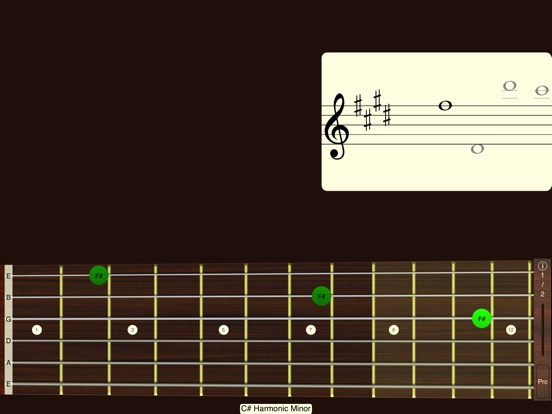

Reading a passage aloud correctly in English is easy for me because I understand the letters used to make up words, I know what those letters sound like on their own and I understand how they interact when they are grouped together. To be able to do anything with ease and with a successful outcome, we need to understand what is in front of us.Īn example I like to give for this often more understandable than a musical example is one that concerns language. So how can we get better at sight-reading? Here, we’ll jump into 6 steps you can take to improve your classical guitar sight reading. I get sent about ten emails a week of people asking me how they can get better at sight-reading, and the reason they ask isn’t because they want to impress their university colleagues or get a good grade in their sight-reading class, it’s because they just want to get to the point where they can play the piece they want to work on so that it resembles the piece they wanted to learn in the first place and so that they can get to work improving it.

But also because the more you have to work to just be able to do the thing that you wanted to do in the first place the less fun it ends up being. The benefit of my life at that point was that I had the time to achieve whatever I wanted, so having a natural affinity or not didn’t occur to me to be a factor at all.įor most people learning to play an instrument, time is a factor, and not just because life is busy with work, children, juggling hobbies etc. The list went on and on, and the theme that linked them all was time. While I was still at university studying music performance full time, my general thought was that these talents were overrated, after all, if you have the time to learn a piece slowly and methodically, what does it matter that you didn’t read it perfectly the first time round? If you put in enough time memorising a piece comprehensively, what does it matter that you didn’t memorise it in one fell swoop?

Sight-reading is one of the most coveted skills in the musical community.Īlong with the ability to memorise photographically a piece in one glance, improvise counterpoint that sounds like it was lifted from The Art of Fugue or be able to make an arrangement of something only listened to once by ear, sight-reading is part of the ‘hall of fame’ of musical talents that are brought up again and again as story examples of magical mastery.


 0 kommentar(er)
0 kommentar(er)
